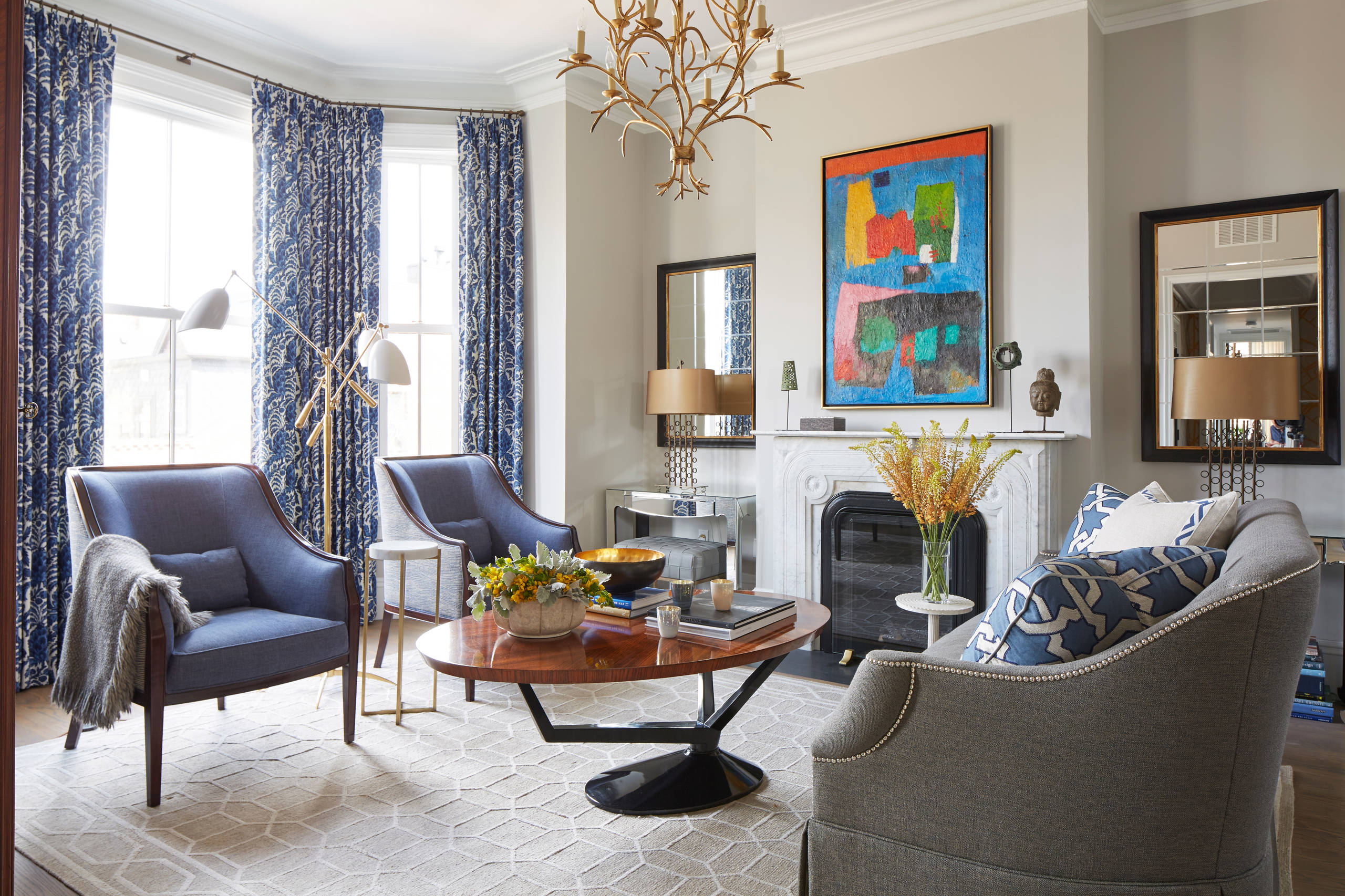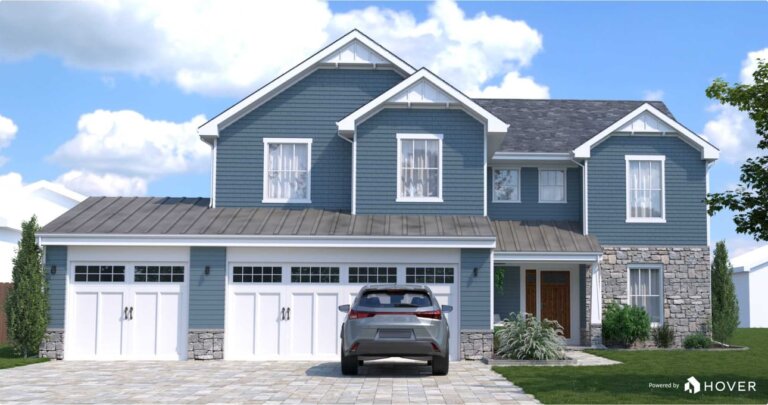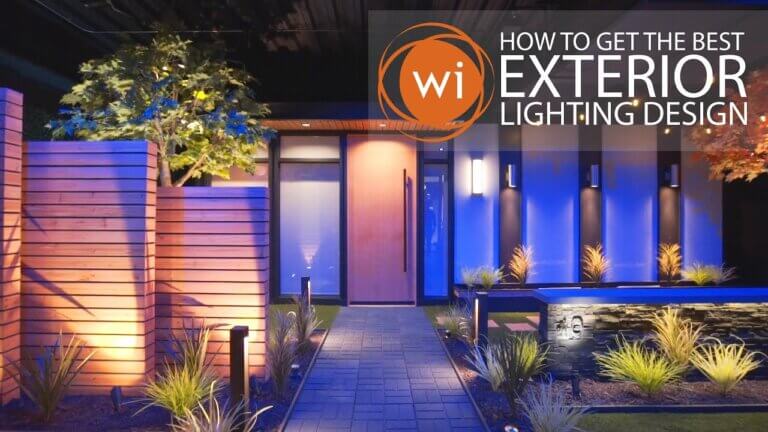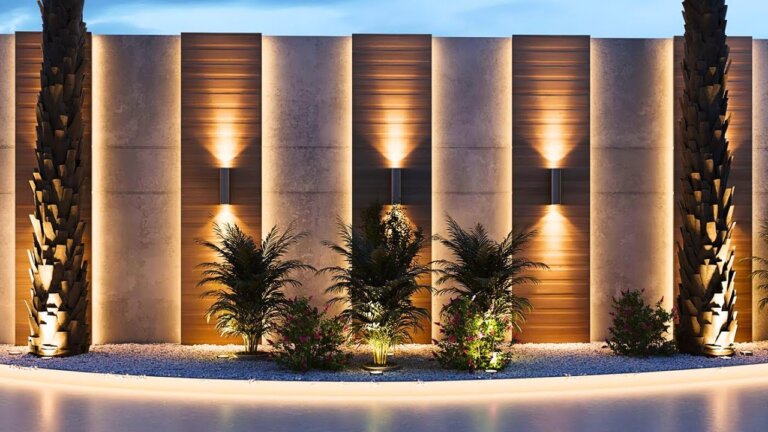Hiring an interior designer can vary in cost. It depends on various factors.
Thinking about transforming your space? Wondering what it might cost to hire an interior designer? You’re not alone. Many people dream of a beautifully designed home but worry about the expenses. The cost of hiring an interior designer isn’t fixed.
It can range widely based on the designer’s experience, the scope of the project, and your location. Whether you need a complete home makeover or just a single room, understanding the potential costs can help you budget better. This blog will explore the factors that influence the cost of hiring an interior designer. We’ll give you a clear picture, so you can make an informed decision and achieve the space you’ve always wanted.

Credit: www.houzz.com
Introduction To Hiring An Interior Designer
Hiring an interior designer saves time and effort. They create stylish and functional spaces. Designers know the best materials and products. They can help avoid costly mistakes. Your home will look more beautiful and feel more comfortable. Professional design increases your home’s value. You will enjoy a well-planned space.
Many think hiring an interior designer is too expensive. Some believe designers only work on large projects. Others feel they will lose control of their own space. These are not true. Designers work with all budgets. They can help with small changes too. You stay involved in the process. The designer will listen to your ideas. They will work with you to make your vision come true.
Hire an Interior Designer: Cost Breakdown (2025)
Curious about the cost to hire an interior designer in 2025? Our interactive cost breakdown calculator helps you estimate your project budget and compare pricing models-hourly, flat fee, per room, and per square foot-using the latest national averages and expert insights.
Whether you’re planning a home makeover, luxury remodel, or just want fresh interior design ideas, understanding interior design pricing is essential for a successful renovation. This tool is perfect for homeowners, renters, and businesses seeking transparent, up-to-date interior designer rates.

Credit: www.angi.com
Factors Affecting Interior Design Costs
Hiring an interior designer involves a range of pricing variables, influenced by project-specific elements and professional expertise. Understanding these factors ensures better budget planning and alignment with your vision. Below, we break down the key elements that shape interior design costs, from designer experience to material selections.
1. Designer Experience and Expertise
The level of experience an interior designer brings significantly impacts their rates. Established designers with decades of expertise often command higher fees due to their refined skills, industry connections, and ability to execute intricate designs flawlessly. These professionals may also offer access to exclusive trade-only resources, such as premium fabrics or custom furniture, which can elevate a project’s outcome.
Newer designers or those building their portfolios might offer competitive rates to attract clients. While this can be cost-effective, always verify their capabilities by reviewing case studies, requesting client testimonials, or examining their previous projects. High-stakes projects, such as luxury home renovations or commercial spaces, often justify investing in seasoned designers to avoid costly errors and delays.
2. Project Scope and Size
The scale of your project directly correlates to costs:
- Small-Scale Projects (e.g., single-room makeovers, styling consultations) typically require fewer resources and time, resulting in lower fees.
- Large-Scale Projects (e.g., whole-home renovations, office redesigns) involve detailed space planning, structural adjustments, and extended timelines, increasing labor and material expenses.
- Complexity Matters: Projects requiring architectural changes, smart home integrations, or custom millwork demand specialized skills and extended hours, further raising costs.
To manage expenses, define your project scope early. Discuss priorities with your designer—phased implementations or focusing on high-impact areas (e.g., kitchens, living rooms) can balance quality and affordability.
3. Geographic Location
Location plays a pivotal role in pricing due to regional economic differences. Designers in metropolitan areas (e.g., New York, Los Angeles, London) often charge premium rates reflecting higher operating costs, from studio rentals to local labor wages. In contrast, designers in smaller towns or regions with lower living costs may offer more budget-friendly rates. Additionally, local design trends and material availability can influence pricing—for example, sourcing artisan tiles in Europe versus mass-produced alternatives elsewhere.
4. Customization and Material Choices
Personalization levels and material quality drastically affect budgets:
- Standard vs. Luxury Materials: Opting for high-end finishes (e.g., marble countertops, hardwood flooring) or imported decor elevates costs compared to budget-friendly alternatives like laminate or vinyl.
- Custom Designs: Tailored elements, such as bespoke furniture or hand-painted wall treatments, require additional design time and skilled craftsmanship.
- Sustainability: Eco-conscious materials (e.g., reclaimed wood, low-VOC paints) or energy-efficient installations may carry higher upfront costs but offer long-term savings.
Discuss material preferences and customization goals early with your designer to align expectations with your budget.
5. Timeline and Urgency
Tight deadlines can increase costs due to rush fees or the need for overtime labor. Designers may prioritize your project over others or expedite material shipments for a premium. Planning ahead allows for flexible scheduling and access to cost-effective supplier discounts.
Pro Tip: Always request a detailed cost breakdown during consultations. Many designers offer transparent pricing models, including flat fees for defined projects or hourly rates for smaller tasks. Clarify payment schedules, reimbursements for purchased items, and potential contingency budgets for unexpected changes.
Hiring an interior designer in 2025 can transform your space and streamline your renovation, but costs can vary widely depending on the scope, location, and designer’s experience. Here’s a detailed breakdown of what you can expect to pay and how those fees are typically structured.
National Average Cost
- Average Total Cost: $8,000–$8,500
Most homeowners spend between $2,000 and $15,000, with the national average around $8,526 for full-service interior design. - Small Projects: $2,000–$5,000
- Large, High-End Projects: $10,000–$50,000.
Pricing Models
Interior designers use several pricing structures:
- Hourly Rate:
Typically $100–$500 per hour, ideal for consultations or small projects. - Flat Rate:
Ranges from $2,000–$5,000 for design-only services, and can go higher for larger homes or more complex projects. - Per Room:
Design-only: $1,000–$3,000 per room
Full-service (including furniture): $2,000–$10,000 per room. - Per Square Foot:
Usually $200–$350 per sq. ft. for full-service design, including plans, sourcing, and project management. - Online/Virtual Design:
Budget-friendly, typically $79–$1,849 per room, often as a flat fee.
What’s Included in the Cost?
- Initial consultation and needs assessment
- Design concepts and mood boards
- Space planning and layout optimization
- Sourcing and purchasing of furniture, materials, and decor
- Project management and coordination with contractors
- On-site visits and installation supervision (for full-service)
What Affects the Price?
- Project Size: Larger homes or multi-room projects cost more.
- Scope of Service: Design-only is less expensive than full-service (which includes purchasing and installation).
- Designer Experience: Top designers and those with a strong portfolio may charge higher rates.
- Location: Urban areas and luxury markets tend to have higher fees.
- Materials & Customization: High-end finishes, custom furniture, and extensive renovations increase costs.
Typical Example Costs
| Service Type | Price Range |
|---|---|
| Online Design (per room) | $79 – $1,849 |
| In-Person Design (per room) | $1,000 – $3,000 (design only) / $2,000 – $10,000 (full-service) |
| Flat Rate (whole project) | $2,000 – $12,000+ |
| Hourly Rate | $100 – $500 |
| Per Square Foot | $200 – $350 |
| National Average | $8,526 |
Key Takeaways
- Hourly and per-room rates are best for small or focused projects.
- Flat rates and per-square-foot pricing suit larger or luxury renovations.
- Online design services offer professional help at a lower cost, ideal for budget-conscious homeowners.
Different Pricing Models
The cost of hiring an interior designer varies based on pricing models. Some charge by the hour, others use flat rates, while some take a percentage of the project cost.
Hourly Rates
Interior designers often charge by the hour. Rates can range from $50 to $200 per hour. This depends on their experience and location. New designers may charge less. Experienced designers charge more. Clients pay for each hour of work. This includes meetings, planning, and shopping.
Flat Fees
Some designers offer flat fees for their services. This means one set price for the whole project. The fee is agreed upon before work starts. It covers all work done by the designer. This can be easier for budgeting. Clients know the total cost upfront. No surprise charges.
Percentage Of Project Cost
Another model is charging a percentage of the project cost. This is usually 10% to 25% of the total cost. The percentage covers the designer's fee. The more expensive the project, the higher the fee. This can be good for large projects. Costs can add up quickly.
Average Costs By Service Type
Material and furnishing costs can add up quickly. New furniture, fabrics, and paint are often needed. Sometimes, custom pieces are required. Quality materials may cost more. It's wise to budget for these expenses. You may also need to consider the cost of accessories. Lamps, rugs, and art pieces can be pricey. Always ask for a detailed quote.
Travel and logistics can impact your budget. Designers may charge for travel time. This is common if they live far. Shipping costs for materials can be high. Delays might also add to costs. Make sure to ask about these fees. Understanding these costs can help you plan better. Always ask for clear estimates.
Additional Expenses
DIY projects can save money. Professional help may cost more but saves time. Choose DIY for simple tasks. Hire a pro for complex jobs.
Repurpose old furniture to save money. Paint or reupholster for a new look. Use existing decor in new ways. Reduce waste and cut costs.

Credit: homeguide.com
Cost-saving Tips
Start by asking friends and family for recommendations. Personal referrals are valuable. Next, search online for designers in your area. Look for reviews and ratings. Pay attention to the feedback from past clients. This helps you gauge the designer's reliability. Take note of the style and services they offer. You want a designer who fits your needs.
Set up interviews with a few designers. Ask about their experience and approach. Review their portfolios. Look for projects similar to yours. A good portfolio shows skills and creativity. Ask for references. Contact these references to hear about their experiences. This step ensures you hire the right person.
Frequently Asked Questions
How Much Does An Interior Designer Charge?
Interior designers typically charge between $50 and $200 per hour. Rates can vary based on experience and location.
What Factors Affect Interior Design Costs?
Factors include project size, designer experience, materials, and complexity. Larger and more complex projects tend to cost more.
Is Hiring An Interior Designer Worth It?
Yes, hiring an interior designer can save time and avoid costly mistakes. They bring expertise and creativity to your project.
Do Interior Designers Offer Free Consultations?
Some interior designers offer free initial consultations. It's best to ask during your first contact with the designer.
Conclusion
Hiring an interior designer varies in cost. It depends on several factors. These include the project's size, location, and designer's experience. Getting quotes from multiple designers can help. Compare their rates and services. This ensures you get the best value.
An interior designer can transform your space beautifully. It's worth investing in their expertise. Make sure to set a clear budget. Communicate your needs and preferences. This collaboration will lead to a stunning and functional home.

My name is Mahi Uddin, and I’m a blog writer with over two years of experience specializing in creating engaging, informative content using AI tools. I contribute to InExDecor.com, where I share creative ideas and practical tips for transforming interior and exterior spaces into beautiful, functional environments. With a passion for storytelling and a knack for blending creativity with technology, I strive to craft blogs that not only inform but also inspire readers. When I’m not writing, you can find me exploring design trends or enjoying a good book with a cup of coffee.








